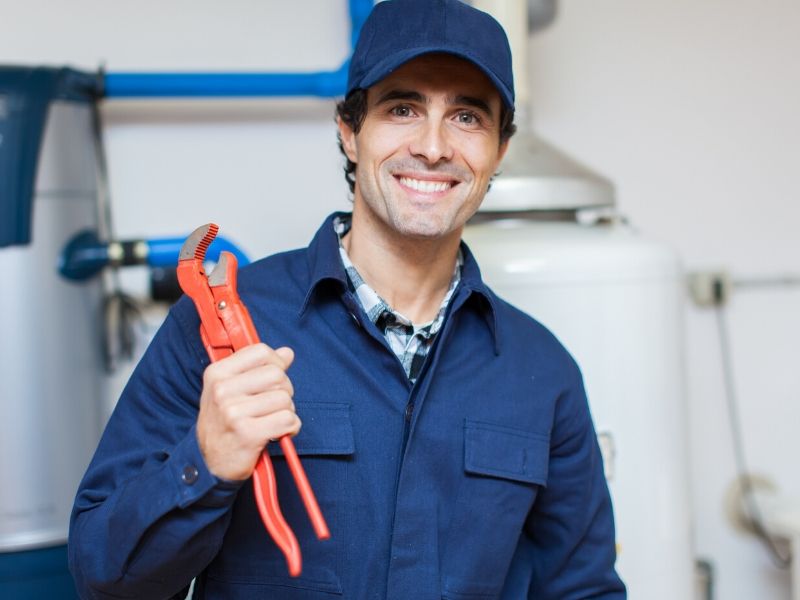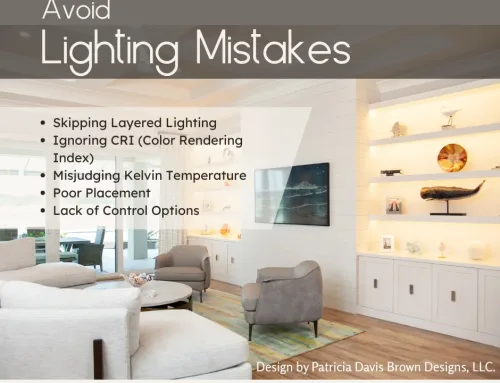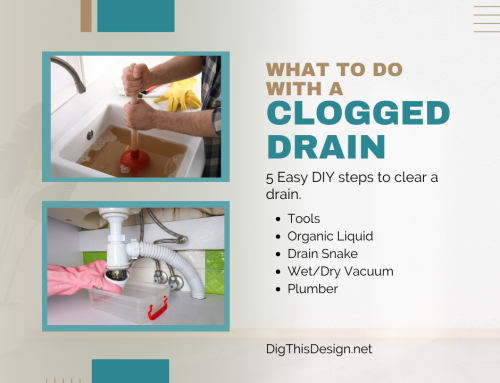When is the last time you conducted a plumbing inspection in your home? Are your water bills higher lately? While there are occasions when you have to call in a professional, it is possible to find the culprit yourself. So, maybe it’s time to do a plumbing inspection, but before you begin, here is an overview of how to conduct a plumbing inspection on your own.
DIY Home Plumbing Inspection; 3 Easy Tips

Check the Taps
Every water dispensing fixture in and around the house should be tested. Turn it off, look for leaks, then turn it back on. Listen for stuttering or odd noises. Low water pressure and discolored water should be noted as well. This process can start with the kitchen sink and bathroom sinks before you move on to the showers. Don’t forget to check any outdoor spigots, too.
When you have all the taps and faucets off, check your water meter. If it is still going, you either have a major leak or a faulty meter. Either way, someone needs to solve the problem before you get an insanely high water bill.
Check the Drains
Your DIY plumbing inspection should include all drains that you use on a regular basis. Fill the sinks, tubs, and basins with water. Then, to test for blockages, pull the plug and let a large amount of water try to drain through. Then check for slow drainage or foul odors.
At best, you might clear the clog to solve the slow drainage. When there’s a leak at the drain stopper, simply tighten the nut as a solution. If the water makes a glugging sound after the water drains out, there is a problem with venting, and that may require a professional’s help. If you follow standard plumbing system maintenance tips, you’ll reduce the odds of water clogs in the future.
Another area to check is the floor drains. A missing clean-out plug can let sewer gas into the home. Poor drainage in a floor drain, whether in the bathroom or laundry room, may indicate a clog or something worse.
Inspect Your Pipes
Check the exposed pipe for signs of damage or corrosion. Look for leaks or weak seals at the joints. If the pipes are insulated, then wet or flaking insulation indicates there’s a leak underneath. If you have access panels around the bathtub, take off the panel and make sure the drain and shower pipes aren’t leaking.
While you’re at it, don’t forget the pipes under the kitchen sink. Fill up the kitchen sink with water, pull all the stoppers, and turn on the garbage disposal, if you have one. All the water flowing through the drain could reveal leaks you would otherwise miss – including ones in the garbage disposal itself. If water backs up on the side of the sink that doesn’t have a garbage disposal, the problem could be sediment in the pipes. That generally requires a plumber, since you usually have to replace the drains, in this case.
A do it yourself plumbing inspection takes a little time, but it can save you from major mishaps and repairs down the line. The potential savings is a bonus on your water bill and future repair bills.
Images Courtesy of Canva.
Other Posts You Might Enjoy:
Hazard Prevention; 6 Top DIY Tips for Your Home
DIY Tactics for Writing a Logo Design Brief





